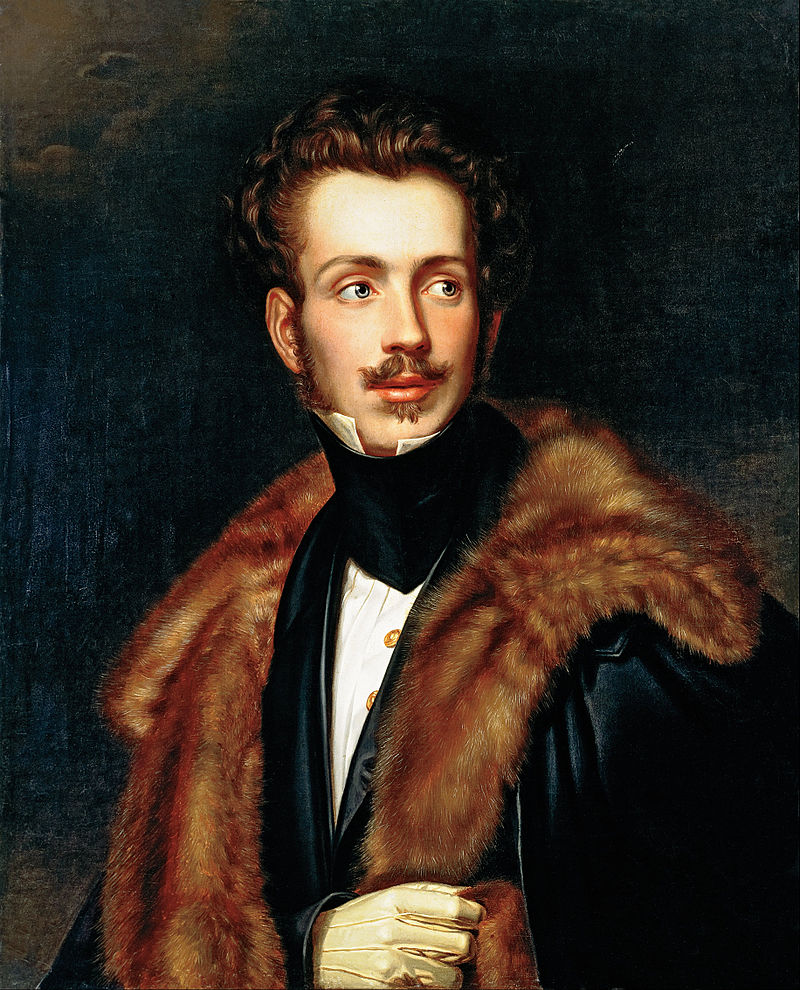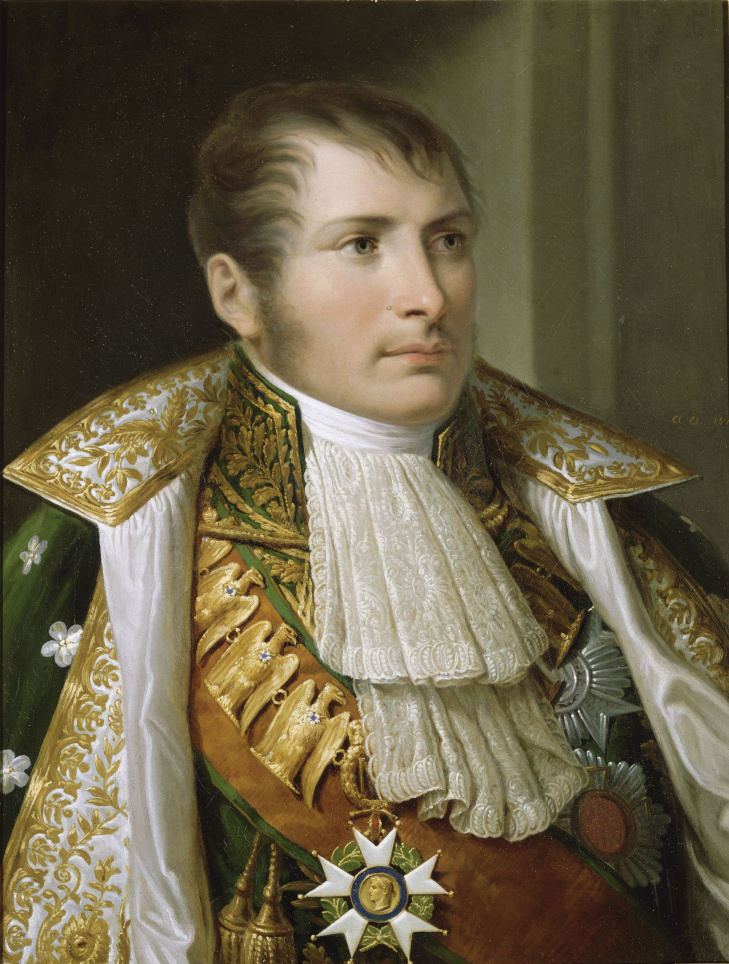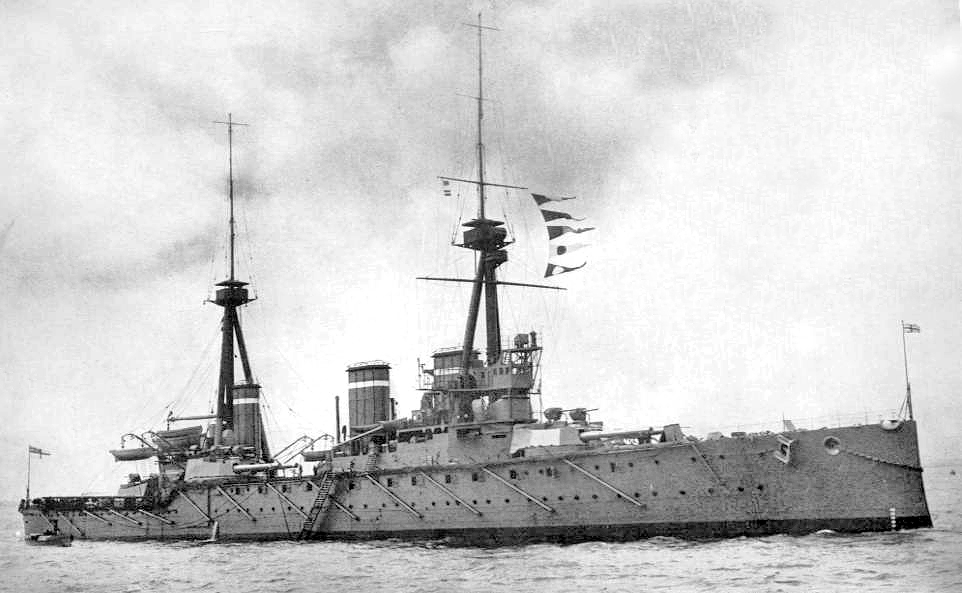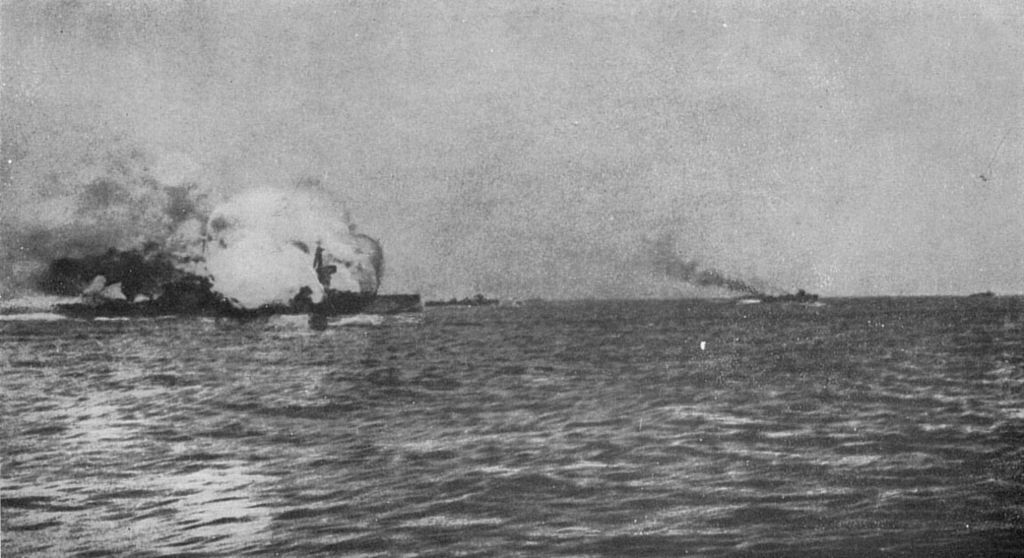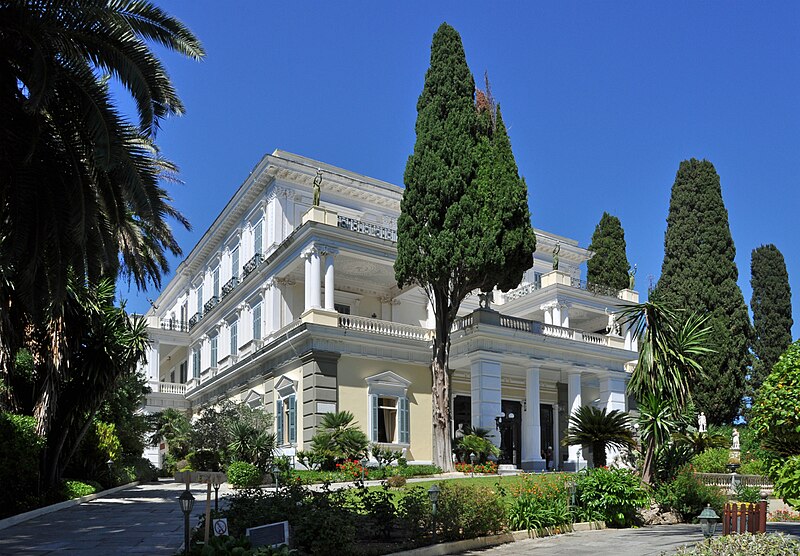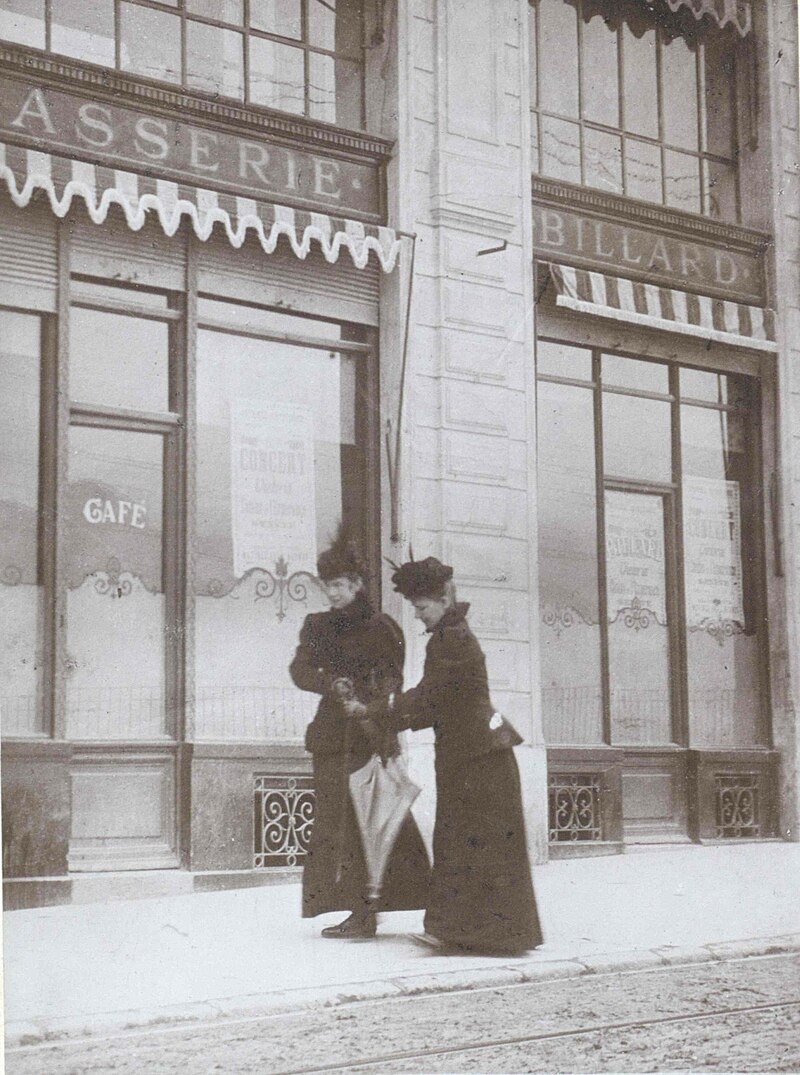by Susan Flantzer © Unofficial Royalty 2016

Franz Joseph I, Emperor of Austria; Credit – Wikipedia
The fourth longest-reigning European monarch (67 years) after King Louis XIV of France (72 years), Queen Elizabeth II of the United Kingdom (70 years), and Johann II, Prince of Liechtenstein (70 years), Franz Joseph Karl was born on August 18, 1830, at Schönbrunn Palace in Vienna, Austria. He was the eldest of the four children of Archduke Franz Karl of Austria (son of Emperor Franz I of Austria and his second wife Maria Theresa of Naples and Sicily) and Princess Sophia of Bavaria (daughter of King Maximilian I Joseph of Bavaria and Princess Caroline of Baden).

Archduke Franz Joseph in 1840; Credit – Wikipedia
Franz Joseph had three brothers and one sister:
- Maximilian, Emperor of Mexico, (1832 – 1867) executed by a firing squad, married Charlotte of Belgium, no issue
- Karl Ludwig (1833 – 1896), married (1) Margaretha of Saxony, no issue; (2) Maria Annunziata of the Two-Sicilies, had issue, including Archduke Franz Ferdinand, Emperor Franz Joseph’s eventual heir whose assassination in 1914 sparked World War I (3) Maria Theresa of Portugal, had issue
- Maria Anna (1835 – 1840), died in childhood
- Ludwig Viktor (1842 – 1919), died unmarried

Franz Joseph with his three brothers, left to right: Karl Ludwig, Franz Joseph, Maximilian, and Ludwig Viktor, circa 1860; Credit – Wikipedia
Franz Joseph was born during the reign of his grandfather Emperor Franz I. Franz’s eldest son and successor Ferdinand suffered from epilepsy, hydrocephalus, neurological problems, and a speech impediment and although he married in 1831, the marriage was probably never consummated and therefore no children were expected. Franz Joseph’s father was the third, but the second surviving son of Emperor Franz I, so Franz Joseph was expected to eventually succeed to the throne. When his father died on March 2, 1835, Ferdinand became Emperor of Austria, King of Hungary and Croatia, and King of Bohemia. Ferdinand has been depicted as feeble-minded and incapable of ruling, but he kept a coherent and legible diary. His epilepsy caused him to have as many as twenty seizures per day, and this severely restricted his ability to rule with any effectiveness. His father’s will stipulated that Ferdinand’s uncle Archduke Ludwig be consulted on government matters and during Ferdinand’s reign a council called the Secret State Conference controlled the government.
Franz Joseph was educated with his brother Maximilian, and they were first taught by their governess Baroness Louise von Sturmfeder. In 1836, Count Heinrich Bombelles became responsible for the young archdukes’ education. Bombelles created a rigorous course of study for Franz Joseph. He was expected to study 18 hours a week when he was six years old. The hours of study per week increased to 36 hours at age eight and 46 hours at age 11. Franz Joseph became seriously ill at the age of 13 due to the stress of his studies. However, his rigorous education continued and he was studying 56 hours a week at the 15. It was important for Franz Joseph to learn the languages of the Austrian empire, and so he studied not only French, Latin, and Greek, but also Hungarian, Czech, Italian, and Polish. His studies also included mathematics, physics, history, geography, jurisprudence, political science, and physical education. On his 13th birthday, Franz Joseph was appointed Colonel of the Dragoons Regiment, and the focus of his education shifted to military strategies and tactics.
The biggest ambition of Franz Joseph’s mother Sophie was to place her oldest son on the Austrian throne. During the Revolution of 1848, she persuaded her husband to give up his rights to the throne in favor of their son Franz Joseph, and on December 2, 1848, Emperor Ferdinand abdicated the throne in favor of his 18-year-old nephew. Franz Joseph was now Emperor of Austria, King of Hungary and Croatia, and King of Bohemia.

Emperor Franz Joseph I in 1851; Credit – Wikipedia
Members of the Imperial Court felt the young emperor should marry and produce heirs as soon as possible. Franz Joseph’s domineering mother considered several princesses as the future empress including Archduchess Elisabeth Franziska of Austria, Princess Anna of Prussia, and Princess Sidonia of Saxony. However, Sophie wanted to forge a relationship with her familial House of Wittelsbach of Bavaria and the House of Habsburg-Lorraine. She arranged for a match between Franz Joseph and Helene, Duchess in Bavaria, the eldest daughter of her sister Ludovika of Bavaria and her husband Duke Maximilian Joseph in Bavaria. In 1853, Helene traveled with her mother and her younger sister Elisabeth, Duchess in Bavaria (Sisi) to the resort of Bad Ischl, Upper Austria to meet her cousin Franz Joseph, hoping to become his bride. Instead, Franz Joseph fell in love with the 15-year-old Elisabeth. Franz Joseph told his mother that if he could not marry Elisabeth, he would not marry at all. Five days later their engagement was officially announced.
Franz Joseph and Sisi were married on April 24, 1854, at the Augustinerkirche, the parish church of the imperial court of the Habsburgs, a short walk from Hofburg Palace in Vienna. The ceremony was conducted by Cardinal Joseph Othmar Rauscher, Archbishop of Vienna with 1,000 guests in attendance including 70 bishops.

Augustinerkirche in Vienna, Austria; Photo Credit – Susan Flantzer

Emperor Franz Joseph in 1853; Credit – Wikipedia

Empress Elisabeth in 1855; Credit – Wikipedia
The couple had four children:
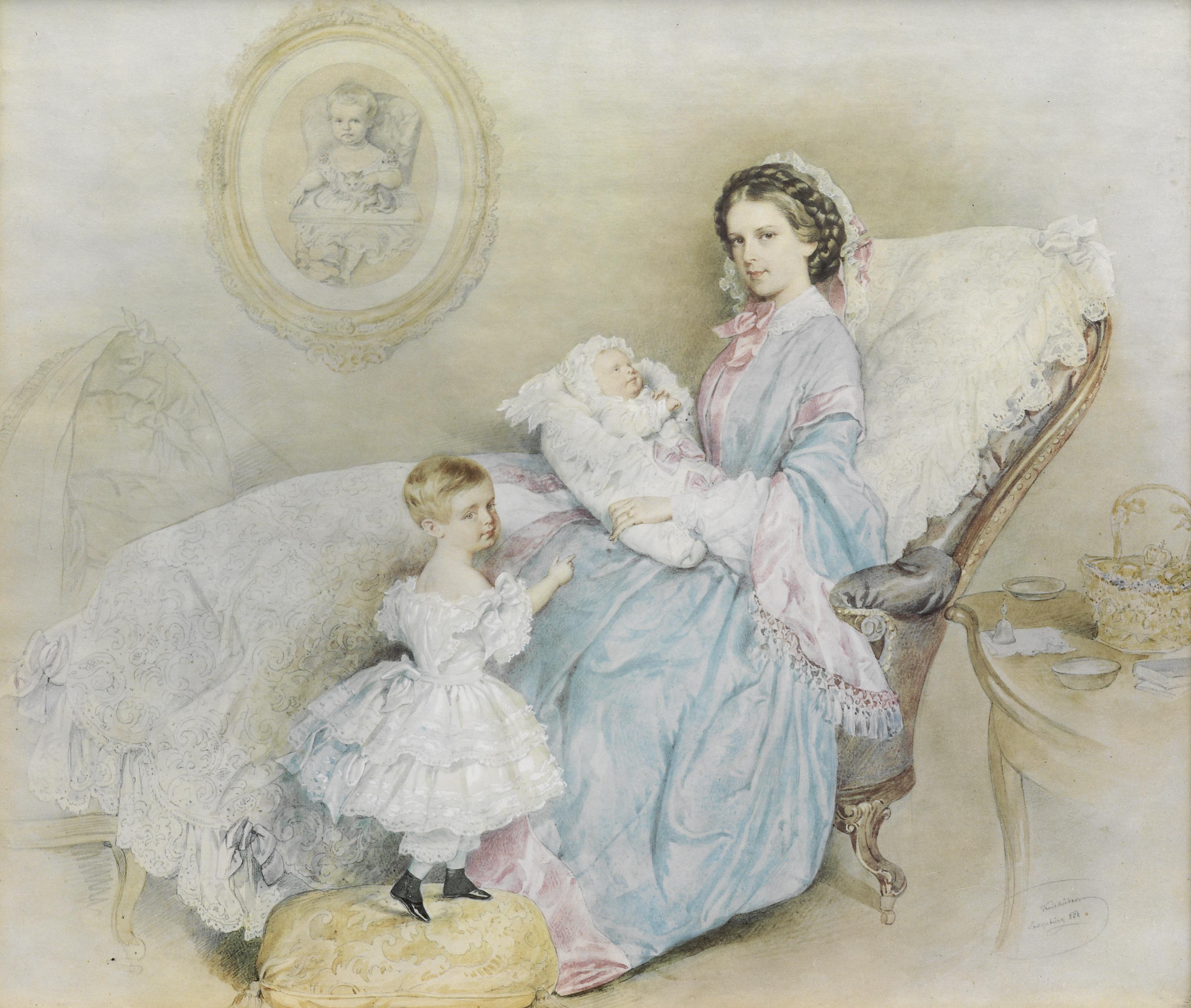
Empress Elisabeth with her two eldest surviving children, Gisela and Rudolf in 1858; Credit – Wikipedia

Franz Joseph’s youngest child, Marie Valerie in 1870; Credit – Wikipedia
The marriage was not a happy one for Sisi. Although her husband loved her, Sisi had difficulties adjusting to the Austrian court and did not get along with Imperial family members, especially her mother-in-law. In 1885, Franz Joseph began a long-standing private relationship with actress Katharina Schratt that would last the rest of his life. The exact nature of their relationship is unclear. Some believe that Katharina and Franz Joseph were lovers while others believe their relationship was platonic. Katharina always maintained the strictest discretion regarding her relationship with Franz Joseph. Empress Elisabeth tolerated the relationship and even seemed to encourage it. Sisi felt emotionally distant from her husband and fled from him and her duties at court, by frequent traveling.
Franz Joseph had many affairs but mostly short-term ones. His longest affair of a sexual nature was with Anna Nahowski who was his mistress from 1875 – 1889. Anna’s husband was agreeable with his wife being Franz Joseph’s mistress and with the generous gifts Anna received. Franz Joseph and Anna’s affair overlapped with Franz Joseph’s long-standing private relationship with actress Katharina Schratt. Franz Joseph found the 29-year age gap and the lack of common interests between Anna and himself difficult. He found Katharina Schratt a more compatible companion. Anna and Franz Joseph’s affair ended shortly after the suicide of Crown Prince Rudolf. Anna was given a severance payment “for the fourteen years in the service of the emperor” of 200,000 guldens, worth millions today.
Franz Joseph’s brother Maximilian entered into a plan with Emperor Napoleon III of France to invade, conquer, and rule Mexico. Napoleon III invited Maximilian to establish a new Mexican monarchy. With the support of the French army and a group of conservative Mexican monarchists hostile to Mexican President Benito Juárez, Maximilian traveled to Mexico and declared himself Emperor of Mexico on April 10, 1864. In 1866, the French withdrew their armies from Mexico and the Mexican empire collapsed. The Mexican government captured and executed Maximilian in 1867.

Édouard Manet’s famous painting “Execution of Emperor Maximilian;” Credit – Wikipedia
Franz Joseph kept Crown Prince Rudolf away from all state affairs. Under pressure from his father, Rudolf married Princess Stephanie of Belgium, daughter of King Leopold II of the Belgians. The couple had one child, Archduchess Elisabeth Marie of Austria. On January 30, 1889, at Mayerling, a hunting lodge in the Vienna Woods which Rudolf had purchased, in an apparent suicide plot, Rudolf shot his 17-year-old mistress Baroness Mary Vetsera and then shot himself. Crown Prince Rudolf had no sons, so the succession would pass to Emperor Franz Joseph’s brother, Archduke Karl Ludwig and his eldest son Archduke Franz Ferdinand. In a matter of days, Archduke Karl Ludwig renounced his succession rights in favor of his son Archduke Franz Ferdinand.
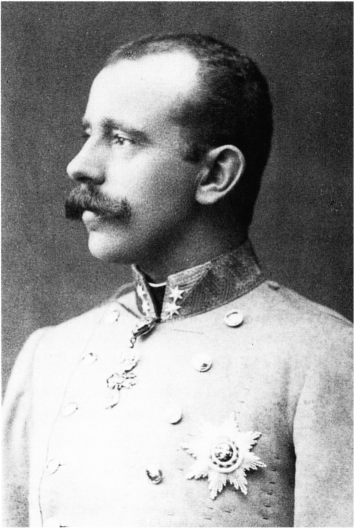
Crown Prince Rudolf; Photo Credit – Wikipedia
At the time of Crown Prince Rudolf’s death, the new heir Archduke Franz Ferdinand was unmarried. In 1894, Franz Ferdinand fell in love with Countess Sophie Chotek von Chotkow und Wognin, the daughter of Count Bohuslaw Chotek von Chotkow und Wognin and Countess Wilhelmine Kinsky von Wchinitz und Tettau. Because Sophie was not a member of a reigning or formerly reigning family, she could not marry a member of the Imperial Family. Franz Ferdinand refused to give Sophie up and he was helped in his efforts to marry her by Archduchess Maria Theresa (born Infanta Maria Theresa of Portugal), Emperor Franz Joseph’s sister-in-law and Franz Ferdinand’s stepmother. The emperor finally agreed to the marriage, but there were some catches. Franz Ferdinand would keep his place in the succession, but Sophie could never be empress and their children would never have succession rights.

Archduke Franz Ferdinand; Photo Credit – Wikipedia
In 1898, despite being warned about possible assassination attempts, Sisi traveled incognito to Geneva, Switzerland. On September 10, 1898, while walking to the shore of Lake Geneva to catch a steamship, Sisi was stabbed by a 25-year-old Italian anarchist Luigi Lucheni. The 60-year-old empress died shortly afterward. Franz Joseph never fully recovered from his wife’s death. Empress Elisabeth was buried in Franz Josephs Gruft (Franz Joseph’s Crypt) in the Imperial Crypt in Vienna where her son had been buried.

Emperor Franz Joseph at Empress Elisabeth’s coffin in the Imperial Crypt
In June of 1914, Emperor Franz Joseph sent Archduke Franz Ferdinand to Sarajevo, Bosnia to observe military maneuvers and Sophie accompanied him out of fear for his safety. After the military maneuvers, the couple was to open a state museum in Sarajevo. The Black Hand, a secret military society formed by members of the Serbian Army, conspired to assassinate Archduke Franz Ferdinand on his visit to Sarajevo. Seven conspirators were in the crowds lining the streets of Sarajevo on June 28, 1914, each ready to assassinate the Archduke should there be an opportunity. One attempt, a bomb thrown at the archduke’s car, failed. Later, after a reception at the Town Hall, 19-year-old Gavrilo Princip saw his chance and fired two shots at the couple as they rode in their car. The first shot hit Sophie in the abdomen and the second shot hit Franz Ferdinand in the neck. Sophie died soon after being shot and Franz Ferdinand died about 10 minutes later. Upon Franz Ferdinand’s death, Archduke Karl became the heir. Karl’s father was Archduke Otto Franz, the second son of Archduke Karl Ludwig of Austria, the younger brother of Emperor Franz Joseph.
After living through the violent deaths of so many relatives, Emperor Franz Joseph died on November 21, 1916, in the middle of World War I, at the age of 86 in Schönbrunn Palace, Vienna. His great-nephew succeeded him as Emperor Karl I of Austria but only reigned for two years as the monarchy was abolished at the end of World War I. Emperor Franz Joseph was buried in Franz Josephs Gruft (Franz Joseph’s Crypt) in the Imperial Crypt between the tombs of his wife and his son.

Tomb of Emperor Franz Joseph with Empress Elisabeth’s tomb on the left and Crown Prince Rudolf’s tomb on the right; Photo Credit – Susan Flantzer
This article is the intellectual property of Unofficial Royalty and is NOT TO BE COPIED, EDITED, OR POSTED IN ANY FORM ON ANOTHER WEBSITE under any circumstances. It is permissible to use a link that directs to Unofficial Royalty.
Austria Resources at Unofficial Royalty









